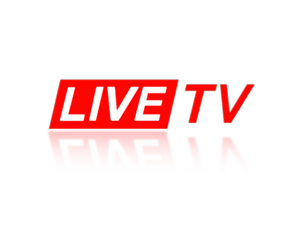A guitar pedalboard is a musician’s playground, a compact setup that organizes effects pedals to shape a guitar’s sound. Whether you’re a Naples bar performer or a studio artist, it’s the hub for creativity, letting you blend tones—distortion, reverb, delay—into a signature style. Typically a flat board with mounted pedals, cables, and a power supply, it streamlines live gigs and practice, keeping your effects in one tidy, portable package. From bluesy crunch to ambient swells, the pedalboard is where raw notes become art.
Building a Personalized Setup
Designing a pedalboard starts with your sound goals. Beginners might choose a simple board with a tuner, overdrive, and reverb, while pros stack complex chains—wah, chorus, looper—for versatility. Pedals are arranged in a signal chain, typically tuner first, then dynamics (compressor), drive, modulation, and time-based effects like delay last. Boards range from sleek aluminum models to rugged wood DIY builds, with brands like Pedaltrain or Boss offering durable options. Cable management and a reliable power supply, like Voodoo Lab’s, keep things clean and hum-free, ensuring flawless performance under stage lights.
Key components of a pedalboard:
– Pedals: Effects like distortion, reverb, or delay shape your tone.
– Board: A sturdy platform, often aluminum or wood, to mount pedals.
– Power supply: Units like Voodoo Lab power multiple pedals cleanly.
– Cables: Short, high-quality patch cables connect pedals without signal loss.
Practicality and Performance
A well-crafted pedalboard boosts efficiency. Velcro or zip ties secure pedals, preventing slips during energetic sets. Compact designs fit gig bags, perfect for Naples’ vibrant music scene, while larger boards suit studio work. Maintenance is key—cleaning contacts and checking cables avoids glitches. The board’s real magic is its flexibility: swap a pedal, tweak a knob, and your sound evolves, letting you chase inspiration from a gritty blues riff to a dreamy shoegaze wash, all in one stomp.






Leave a reply
You must be logged in to post a comment.